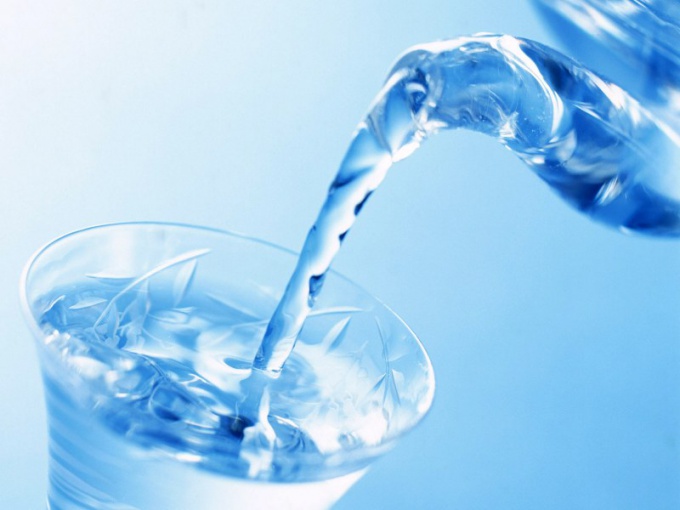Instruction
1
One of the "suppliers" of nitrates in the human body is water, in which they find themselves, along with household and industrial wastes, and agricultural fields, generously sprinkled with sotoodehnia fertilizers. Whereby a nitric acid salt in large quantities is concentrated in well water, in small wells, in rivers and lakes. That's why using this life-giving water from underground sources, you need to check it for nitrates, and when elevated levels are required to remove.
2
Use technical tools. Today, the common method of water purification from nitrates through special filters anionic ion-exchange materials and with the help of reverse osmosis. The latter method is the most reliable: the pressure the water is coming to a semipermeable membrane, which retains the nitrates and other harmful elements, and "gives" thirsty for clean water. Using reverse osmosis filtered water, can remove up to 96% of impurities (depending on the device design and membrane), even if the composition of waste water varies considerably.
3
In some cases the water is purified using ion-exchange resins. The basis of this method lies in the process of replacement of the anion resin (chloride ion) nitrate ion. But it has its own peculiarities: the capacity of the resin is limited to a certain amount of anions, which she is able to accept to ensure the desired degree of water purification. Once the resin is fully "saturated", the process of removing impurities practically stops. And sometimes, when depletion of the resource filter, can occur even reset of nitrates in the already purified water. Therefore, this method of removing salts of nitric acid are in private homes is not effective, because it is difficult to provide constant control over quality of cleaning.
